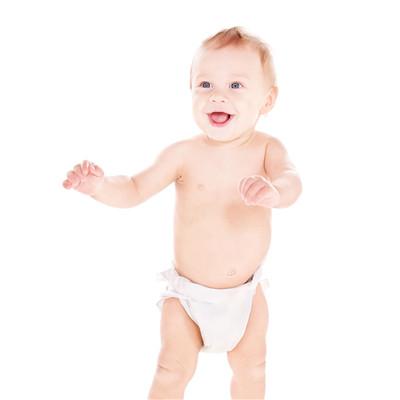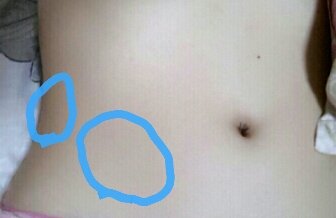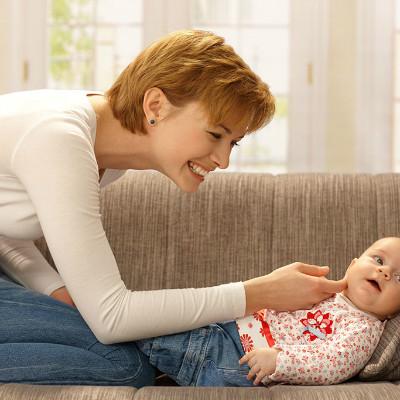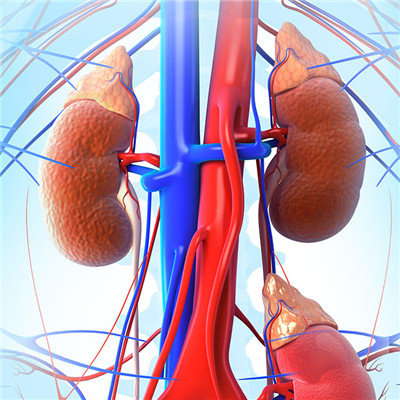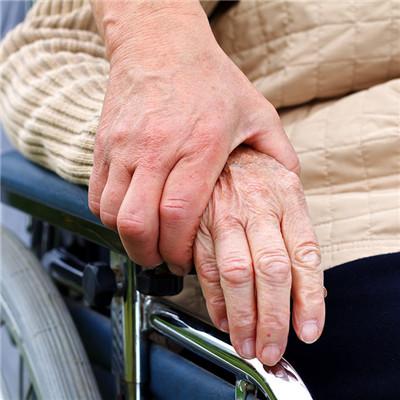What are the differences in the symptoms of hyperopia among people of different ages
summary
Hyperopia refers to the situation that when the parallel light enters the eye, it forms a focus behind the retina, and the external objects cannot form a clear image in the retina. Subjectively, the patient felt that the distant scenery was blurred, and the near scenery was more blurred. Generally, we can use convex lens to correct hyperopia. Mild hyperopia, through the adjustment of crystal, subjective feeling is not obvious. With the increase of age, the decline of accommodation, asthenopia, blurred vision and other symptoms gradually show up. Let's talk about the different symptoms of hyperopia in different age groups.
What are the differences in the symptoms of hyperopia among people of different ages
First, in adolescence, people with low and moderate hyperopia do not have any symptoms, because the adjustment range is large, and the demand for close reading is small. Hyperopia is usually found in physical examination or with accommodative esotropia. The correct correction of hyperopia can reduce the adjustment, so as to reduce the adjustment of esotropia, and increase the demand for close reading, especially when children are about 10 years old, their reading volume will increase, their reading font will become smaller, and they begin to have visual symptoms. Therefore, we have to prevent children from childhood.
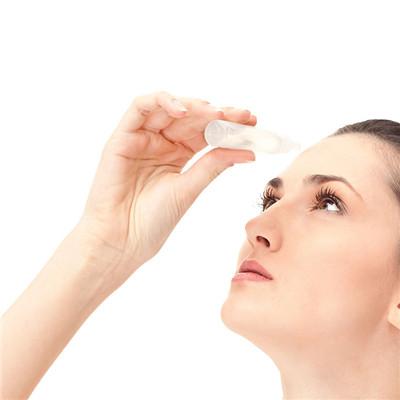
Second, in the old age, the adjustment range of eyes will be further reduced, and the recessive hyperopia will turn into the dominant hyperopia. These patients need not only the addition of close reading, but also the correction of distant hyperopia. This is to remind the patients with hyperopia symptoms that when they have hyperopia, they should not use eye drops indiscriminately. They must go to the regular medical institutions for examination. We must pay attention to these situations!
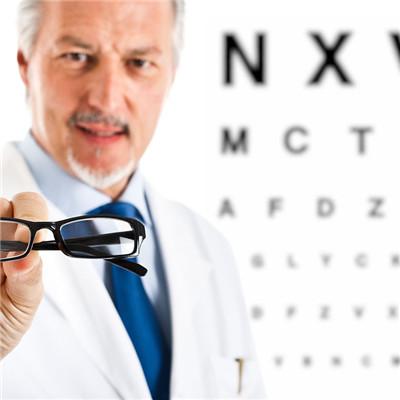
Third: in the middle age, when people are reading at close range, they will have such symptoms as sore eyes, headache and other visual fatigue. Some patients may also have such symptoms ahead of time. This is because with the growth of age, the range of eye adjustment decreases, the recessive hyperopia decreases, and the dominant hyperopia increases. We should also pay attention to this situation!
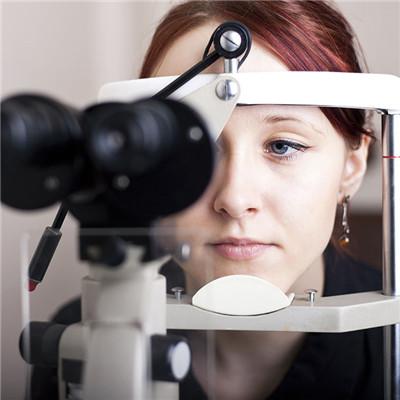
matters needing attention
When people are born, most of them are hyperopia. With the growth of age, the eyeball becomes longer and the degree of hyperopia will gradually decrease. Therefore, if there is mild hyperopia and the vision is good, there is no need to worry. This is a normal phenomenon. However, if the degree of hyperopia is too high, the corrected vision is poor, or there are symptoms of visual fatigue, it is necessary to wear appropriate degree of hyperopia glasses under the guidance of an optometrist, and amblyopia treatment should be done when necessary. It is suggested that we should not use our eyes excessively. Hope to have these conditions must do a good job in advance of prevention!
